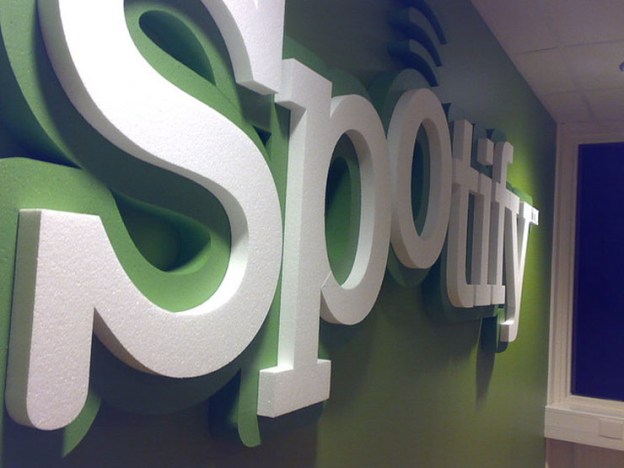
More than a decade ago, Napster came along and decimated the music industry’s old way of doing business. The file-sharing service let the proverbial cat out of the bag, and since then, people have been able to get whatever music they want for free.
Disgruntled by their relatively thinly padded pockets, the music industry has responded with an endless stream of ludicrous lawsuits that seek absurd amounts in damages from dastardly file-sharers. Because of the threat of being taken to court for downloading an album or two (or 5,000), many are still willing to pay for music, one way or another. Nowadays, that’s where Spotify comes in.
The Sweden based music-streaming service, which just launched in the US in July, has reportedly been linked to a 25 percent drop in music piracy in Sweden since the service went live in 2009, reports Torrent Freak. That includes a full 9 percent drop in the past year alone. The numbers are impressive, but it’s not hard to see why this is the case.
Spotify offers users unlimited music for little (or no) money. Pay just $10 per month – the cost of a single album – and you can literally play music non-stop on your computer or mobile device. Not only that, but you get to choose from Spotify’s catalog of 15 million songs, and connect with friends through the service’s social features in the process. Don’t want to pay? No problem – Spotify also has various options (depending on whether you’re in the US or Europe) for getting at least some music for free.
In other words, listening to music through Spotify is far better than risking the wrath of Big Music by pirating their product. Spotify, in fact, bills itself as exactly that, with a company representative telling us recently that Spotify is a “more convenient alternative to piracy.”
According to TorrentFreak, the number of users who used Spotify in Sweden surpassed the number who downloaded music illegally in a mere three months after the service went live.
Here in the US, Spotify isn’t the only option – and it may not even be the best, depending on user preference. Pandora, MOG, Rdio, Grooveshark – the list goes on. We don’t yet have numbers to show how these services are affecting music piracy in the US. But we’d put our money on them having a similar effect as Spotify is having in Sweden.
Editors' Recommendations
- Tidal vs. Spotify: Which music streaming service has the features you need?
- How to download music from Spotify for offline listening
- Spotify Wrapped: How to see your top songs and music for 2020
- Apple Music still trails Spotify as growth continued for music streaming in 2019
- Spotify is making it even easier to judge your friends’ musical tastes


